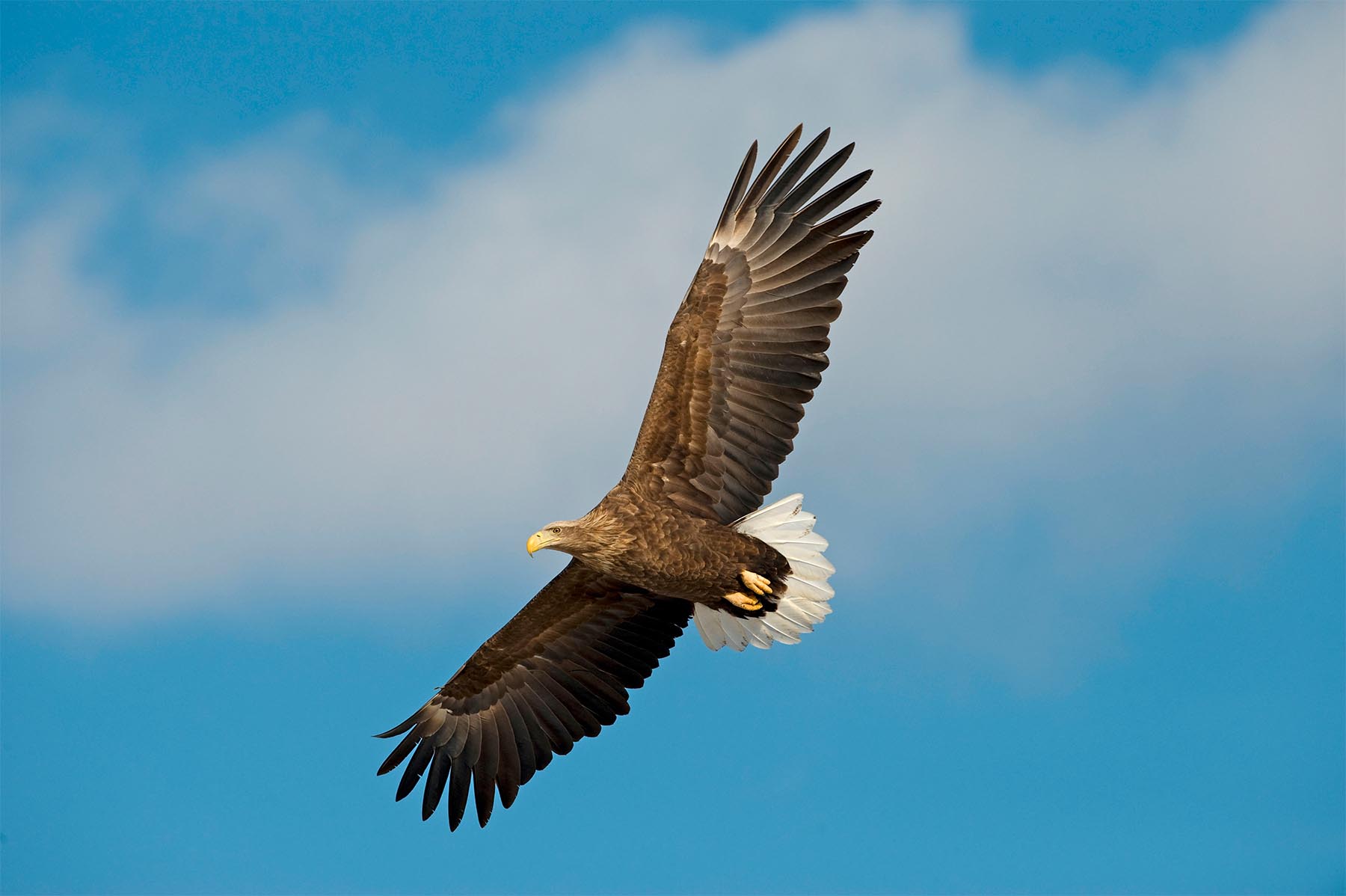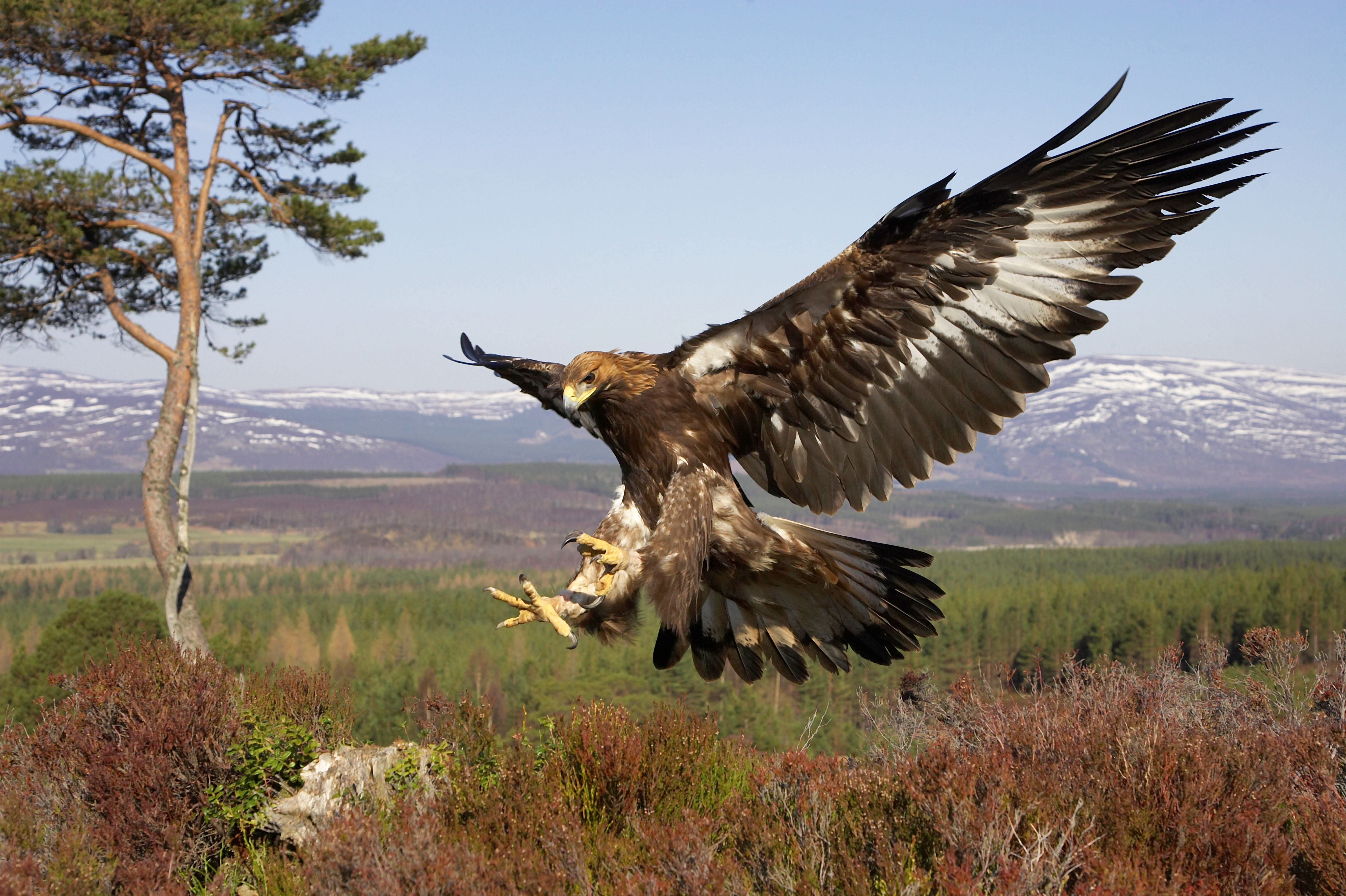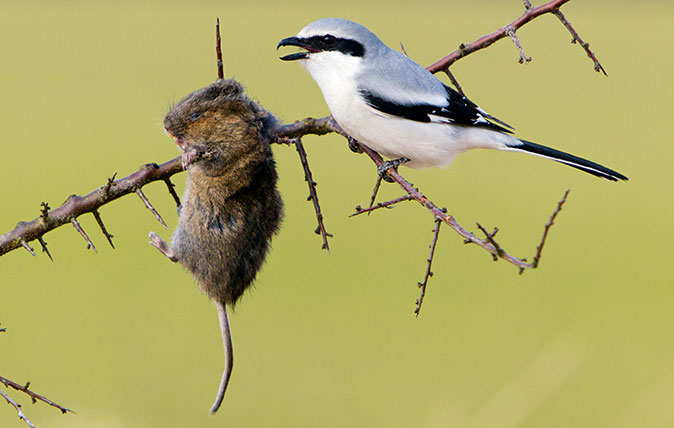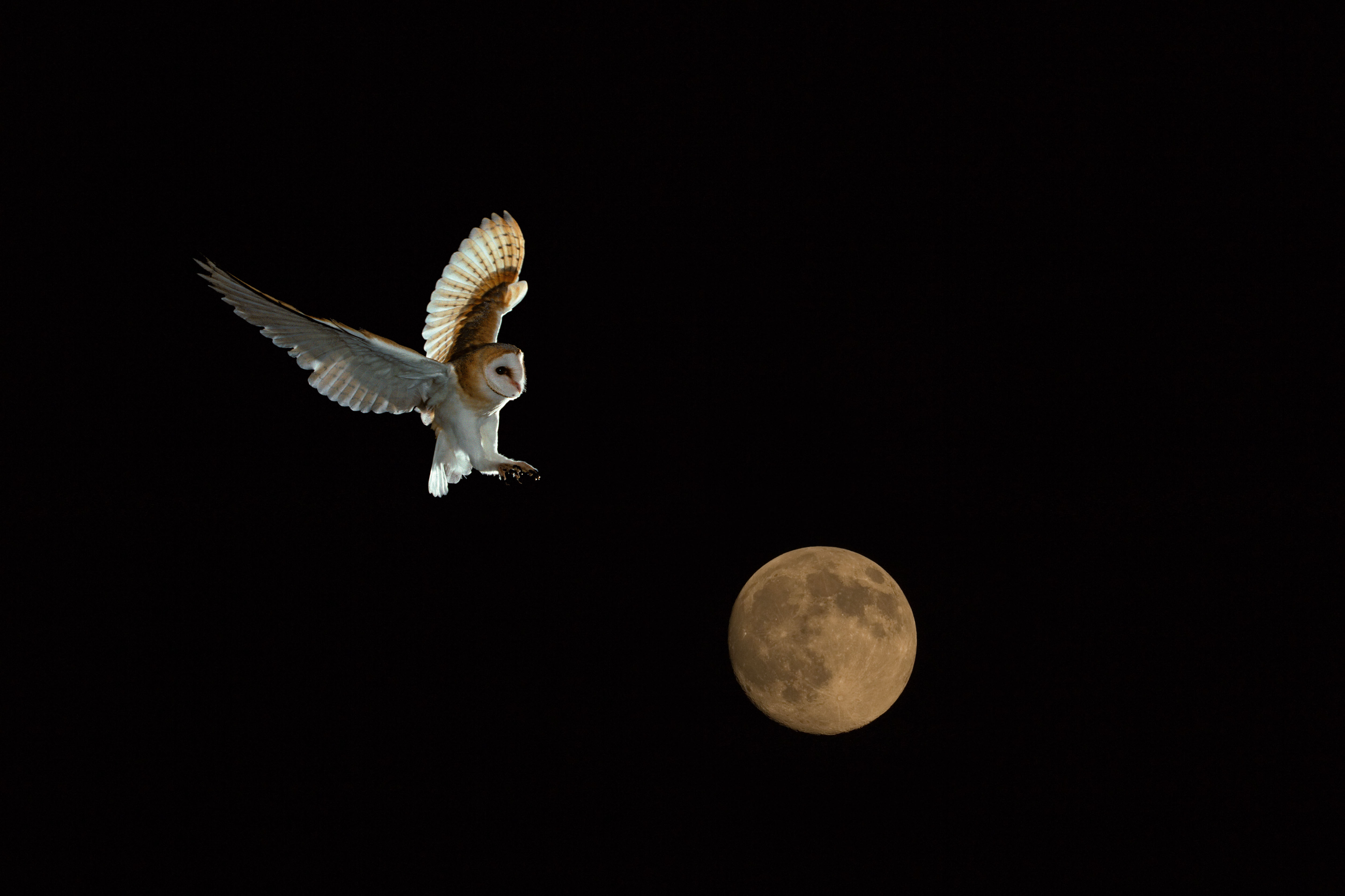150 species, 1.5 million acres in the 10th annual Big Farmland Bird Count
'The fact that the count is still going strong after 10 years highlights the passion and commitment that British farmers have for the birds on their farms,' says the organiser of Big Farmland Bird Count.

The results are in from the Big Farmland Bird Count of 2023 with more than 1,700 farmers taking part and some 460,000 birds counted. The event, which is in its 10th year, was especially successful due to the dry and settled weather conditions in February (when the work was undertaken) and has allowed the conservation charity to take a ‘vital snapshot’ of the health of our farmland birds.
A total of 149 different species was recorded, from white-tailed eagles on Benbecula in the Hebrides to white storks in Cambridge and cirl buntings in Devon. The most spotted birds were blackbirds, woodpigeon and robins, which were seen on seven out of 10 counts. Some 33 species on the Red List were also observed, such as starlings, fieldfares, lapwing and linnet. Some 1½ million acres of land were covered, the GWCT says.
‘The results of this year’s count provide a fantastic and important snapshot of the range of wildlife on British farms, with almost 150 species of bird being recorded, many of which are on the Red List for Birds of Conservation Concern,’ says Minette Batters, president of the NFU, which sponsors the count.
‘Alongside producing quality, climate-friendly food, farmers are the custodians of the great British countryside and are working to boost biodiversity, create habitats for wildlife and provide additional feeding for farmland birds. It’s great to see this work paying off.’
Organiser Dr Roger Draycott adds: ‘The fact that the count is still going strong after 10 years highlights the passion and commitment that British farmers have for the birds on their farms and their keenness to understand how the birds — Red Listed or not — are faring.’
As well as data on birds, the count collects information on farm habitat and conservation work, with 25% of respondents being members of landscape-scale conservation projects, such as farm clusters, and 62% being in an agri-environment scheme. The data shows that 47% of respondents were providing some form of extra seed for food for birds in late winter.
The GWCT added that, of the 36% of participants who said they run shoots on their land, nearly half grow wild-birdseed mixtures and 62% put out supplementary food for farmland birds. Those figures were lower for farms that do not operate a shoot. Visit www.bfbc.org.uk to see more.
Exquisite houses, the beauty of Nature, and how to get the most from your life, straight to your inbox.

Britain’s birds of prey: The Country Life guide to all of the UK’s raptors
Raptors’ supersonic vision, effortless aerial acrobatics and ruthless hunting instinct make them the undisputed masters of the skies, but can

Credit: Getty / Duncan Usher / Minden Pictures
Beware the Great Grey Shrike: The pretty songbird with the temperament of Vlad the Impaler
Simon Lester takes a look at the great grey shrike, a delicate-looking songbird whose innocent appearance belies its sadistic tendencies

Credit: Alamy Stock Photo
How white-feathered barn owls terrify their prey into submission: 'It’s like a ghost coming on it'
Scientists have found white owls are superior in their hunting ability to their darker counterparts.
Toby Keel is Country Life's Digital Director, and has been running the website and social media channels since 2016. A former sports journalist, he writes about property, cars, lifestyle, travel, nature.

